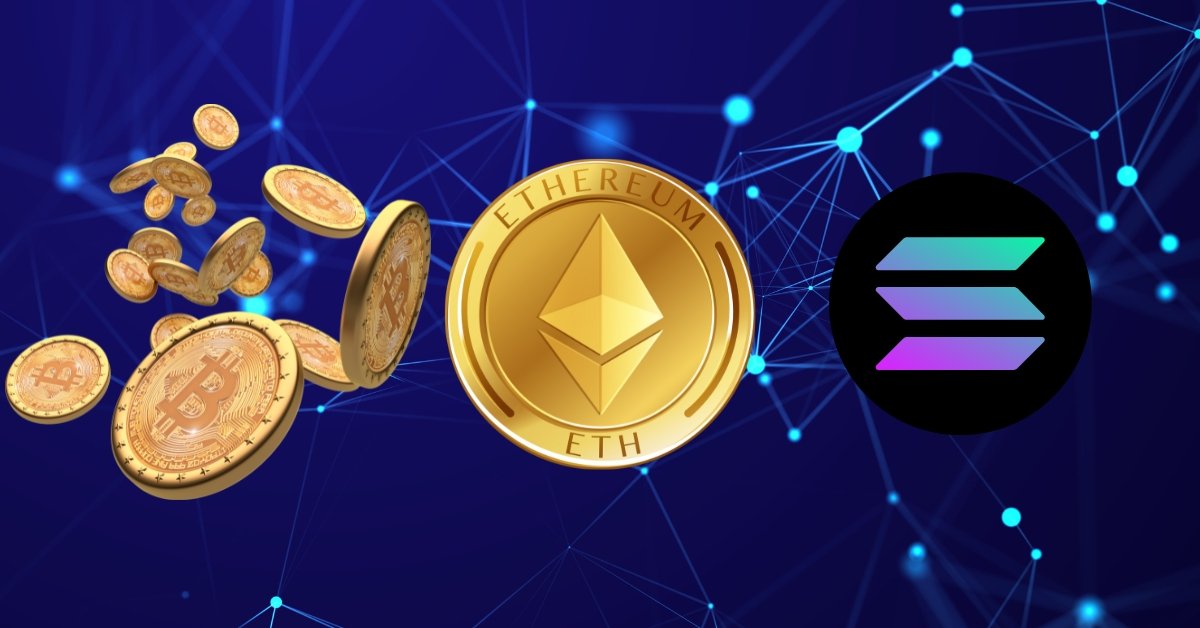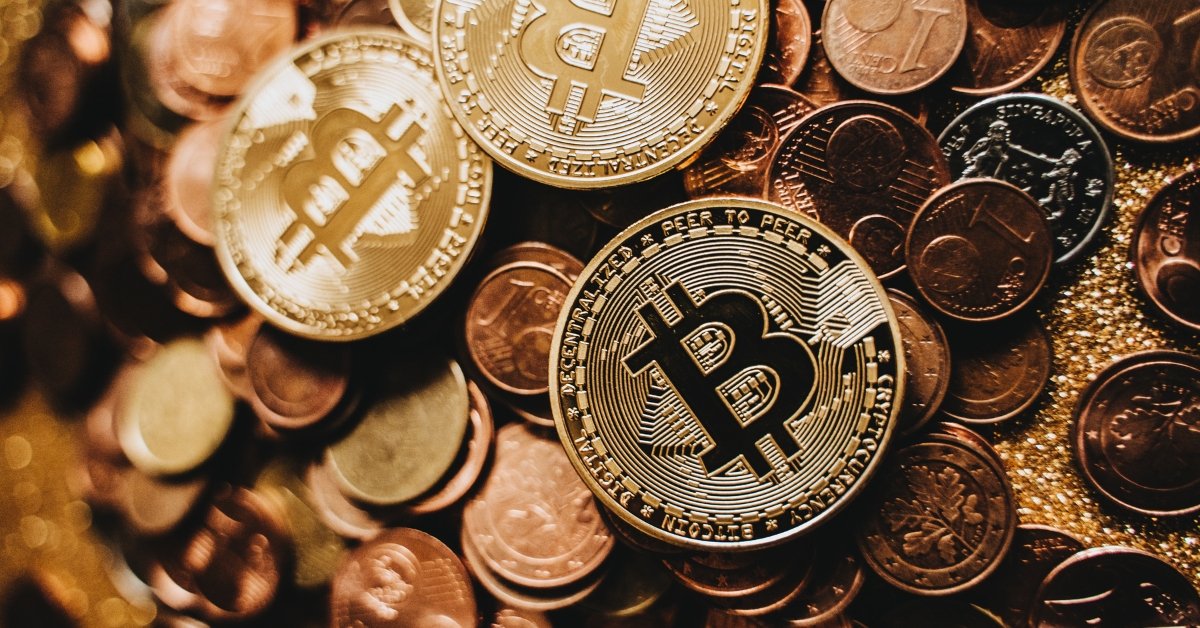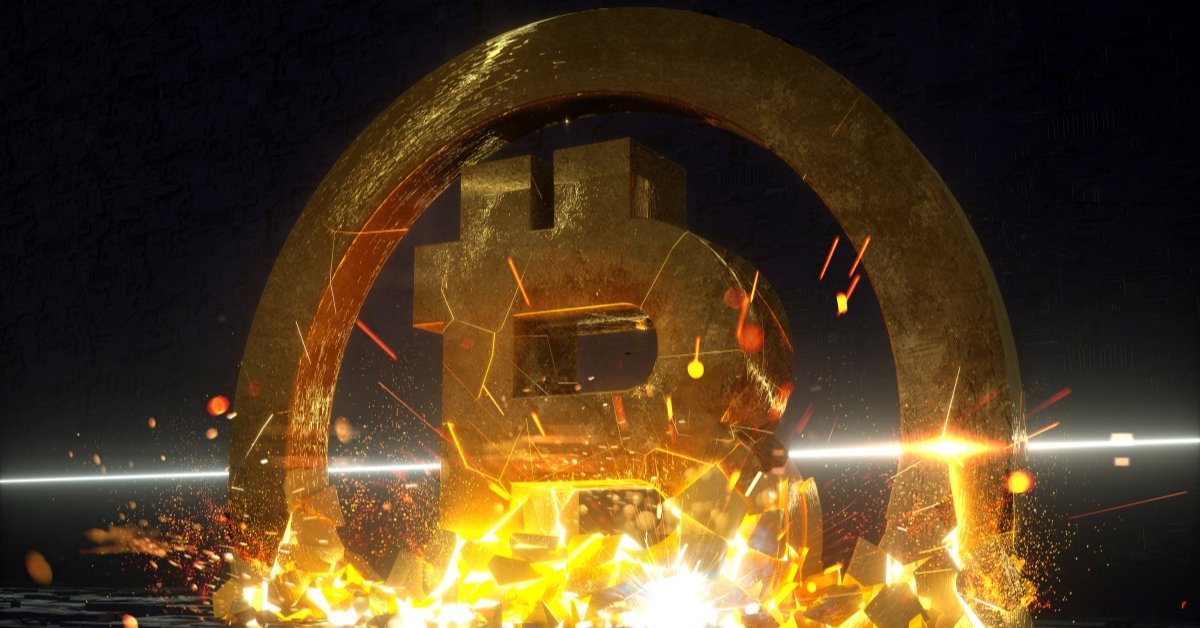Explore the unique strengths and visions of Bitcoin, Ethereum, and Solana. Learn how these leading blockchains shape the future of technology.
Table of Contents
Introduction: The Titans of Blockchain Technology
In the dynamic world of blockchain, three names stand tall: Bitcoin, Ethereum, and Solana.
Each represents a pivotal step in the evolution of decentralized technology and brings unique strengths and visions to the table.
Whether you are a curious observer or an active investor, understanding these three giants can help you navigate the ever-evolving crypto landscape.
Let us dive into what makes Bitcoin, Ethereum, and Solana stand out.
Bitcoin: The Pioneer of Digital Gold
Launched in 2009 by the enigmatic Satoshi Nakamoto, Bitcoin introduced the world to decentralized money.
Its key strengths include:
- Scarcity and Value: With a capped supply of 21 million coins, Bitcoin is often called “digital gold,” a hedge against inflation.
- Security: Bitcoin’s robust proof-of-work consensus mechanism ensures unparalleled network security.
- Store of Value: Unlike fiat currencies, Bitcoin’s deflationary design makes it an appealing long-term asset.
Bitcoin’s vision is simple yet profound: a decentralized currency free from government control.
However, its slower transaction speeds and energy-intensive mining remain areas for improvement.
Ethereum: The Smart Contract Innovator
While Bitcoin revolutionized money, Ethereum brought programmability to blockchain.
Launched in 2015 by Vitalik Buterin, Ethereum’s strengths lie in its adaptability:
- Smart Contracts: Ethereum enables developers to build decentralized applications (dApps) that automate complex processes.
- Diverse Ecosystem: From decentralized finance (DeFi) to NFTs, Ethereum powers countless innovations.
- Transition to Proof-of-Stake: With Ethereum 2.0, the network has significantly reduced its environmental impact.
Ethereum’s vision extends beyond currency—it aims to be the world’s decentralized computer.
However, its high gas fees and slower speeds have spurred the rise of competitors.
Solana: The Speedster of Blockchain
Solana, the newcomer on the block, launched in 2020 with a bold vision: scalability without compromise.
Solana’s standout features include:
- High Throughput: Solana is one of the fastest blockchains, capable of handling over 65,000 transactions per second.
- Low Costs: Transaction fees are a fraction of Ethereum’s, making it ideal for mass adoption.
- Single Global State: Unlike Ethereum’s sharding approach, Solana operates on a unified network, enhancing efficiency.
Solana’s vision focuses on enabling real-time applications, from decentralized Uber alternatives to scalable DeFi platforms.
While impressive, its relative youth raises questions about long-term stability.
Key Comparisons: Finding Your Fit
| Feature | Bitcoin | Ethereum | Solana |
|---|---|---|---|
| Launch Year | 2009 | 2015 | 2020 |
| Consensus Mechanism | Proof-of-Work | Proof-of-Stake | Proof-of-History |
| Transaction Speed | ~7 TPS | ~14 TPS | 65,000+ TPS |
| Use Case | Digital Gold | Programmable Blockchain | High-Speed Applications |
| Transaction Cost | Moderate | High | Low |
Conclusion: Shaping the Future Together
Bitcoin, Ethereum, and Solana each bring something extraordinary to the blockchain ecosystem.
Whether it is Bitcoin’s steadfast value, Ethereum’s boundless creativity, or Solana’s lightning speed, these platforms collectively pave the way for a decentralized future.
Ready to learn more about blockchain innovation?
Explore our other articles and stay ahead in the ever-changing world of crypto technology!
Trivia Corner: Did You Know?
The first known Bitcoin transaction was for two pizzas in 2010. A programmer paid 10,000 BTC for the meal, a sum worth millions today!






